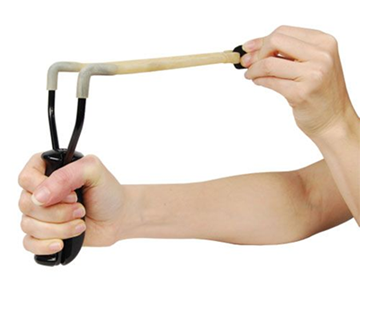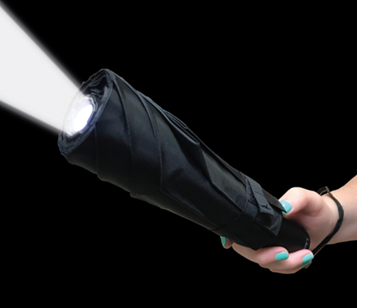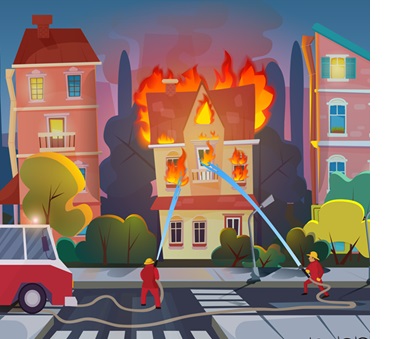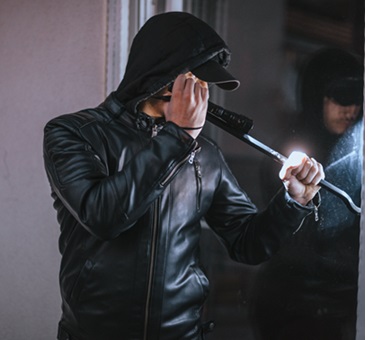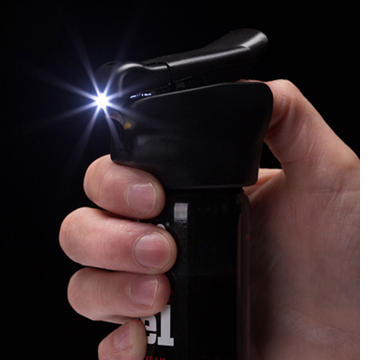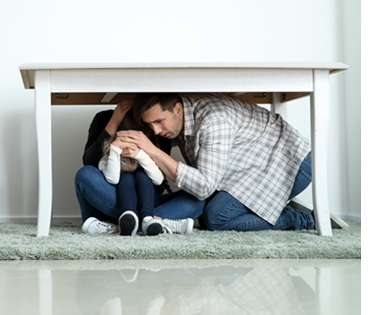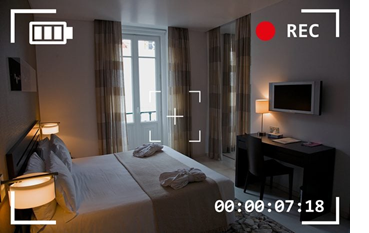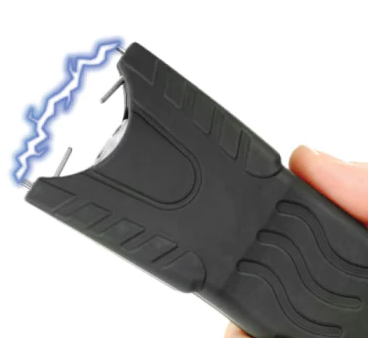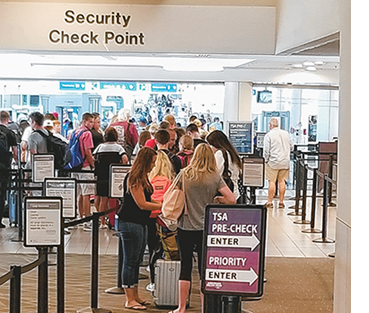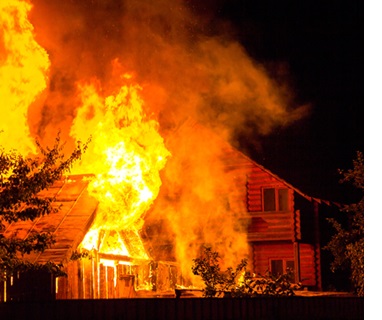How to Prevent Fires in Your Home
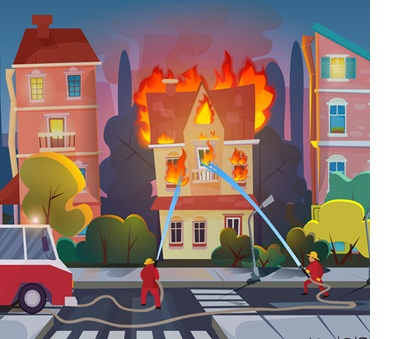 Fires are one of the most devastating disasters that can occur in any home. They not only cause property damage but also pose a significant risk to the lives of your loved ones. According to the National Fire Protection Association (NFPA), there were 365,500 residential fires reported in the United States in 2019, resulting in over $7 billion in direct property loss and causing numerous injuries and fatalities. Fortunately, many household fires can be prevented through simple safety measures and precautions. In this comprehensive guide, we will discuss various ways you can minimize the risk of fire hazards in your home and protect your family from potential harm.
Fires are one of the most devastating disasters that can occur in any home. They not only cause property damage but also pose a significant risk to the lives of your loved ones. According to the National Fire Protection Association (NFPA), there were 365,500 residential fires reported in the United States in 2019, resulting in over $7 billion in direct property loss and causing numerous injuries and fatalities. Fortunately, many household fires can be prevented through simple safety measures and precautions. In this comprehensive guide, we will discuss various ways you can minimize the risk of fire hazards in your home and protect your family from potential harm.
Install Smoke Alarms and Carbon Monoxide Detectors
Smoke alarms are essential for early detection of fires, giving you ample time to evacuate your home safely. The NFPA recommends installing smoke alarms on every level of your house, including inside each bedroom and outside sleeping areas. Test them monthly and replace their batteries at least once a year or when they start chirping, indicating a low battery. Additionally, consider investing in interconnected smoke alarms that sound simultaneously throughout your home. This feature ensures everyone hears the alarm, regardless of where they are located.
Carbon monoxide detectors should also be installed near sleeping areas since carbon monoxide is an odorless, colorless gas that can lead to poisoning and even death if undetected. Like smoke alarms, test these devices regularly and change their batteries as needed.
Develop and Practice a Fire Escape Plan
Creating a well-thought-out fire escape plan is crucial for ensuring the safe exit of all occupants during a fire emergency. Identify two ways out of every room, especially those without windows, such as closets and bathrooms. Establish a meeting point outside your home where everyone can gather after escaping the fire. Ensure that children understand the importance of staying together and never reentering a burning building. Once you've developed your plan, practice it with your family at least twice a year so everyone remains familiar with the procedures.
Keep Flammable Items Away From Heat Sources
Many household items, like curtains, furniture, bedding, and clothing, can easily ignite when placed too close to heating sources such as space heaters, woodstoves, and candles. Always maintain a safe distance between these flammable materials and heat sources. Never leave portable heaters unattended or operating overnight while you sleep. Furthermore, extinguish candles before leaving the room or going to bed.
Regularly Clean and Maintain Heating Equipment
Heating equipment accounts for approximately 16% of home structure fires annually, according to the NFPA. To reduce the risk of fire hazards related to heating systems, have them inspected and serviced by qualified professionals at least once a year. Clean lint filters in clothes dryers after each use and remove any accumulated debris from around the exterior vent opening. Additionally, keep combustible materials away from furnaces, water heaters, and other heating appliances.
Cook Safely
Unattended cooking is a leading cause of residential fires. When using the stovetop, always stay in the kitchen and turn off burners when you leave the area, even if it's just for a short period. If you must step away while cooking on the oven, set a timer as a reminder to check on your food frequently. Keep flammable objects, such as dish towels, pot holders, and paper products, away from hot surfaces and open flames. Finally, ensure that your smoke alarms are functioning correctly and situated near the kitchen.
Store Flammable Liquids Properly
Flammable liquids like gasoline, paint thinners, and solvents should be stored in approved containers and kept away from heat sources, electrical equipment, and open flames. Ideally, store these substances in a cool, well-ventilated shed or garage, separate from living spaces. Dispose of rags used to clean up spills immediately after use, as they may retain residual chemicals capable of spontaneous combustion.
Observe Electrical Safety Practices
Electrical malfunctions contribute significantly to residential fires. Overloaded circuits, faulty wiring, and misused extension cords often result in catastrophic blazes. To prevent electrical fires, avoid plugging multiple high-wattage devices into single outlets or power strips. Replace damaged or frayed cords promptly and never run them under carpets or rugs. Have a professional electrician inspect your home's wiring system if you notice flickering lights, frequent circuit breaker trips, or warm outlet covers.
Use Caution With Open Flames
Matches, lighters, and cigarettes are common causes of accidental fires. Keep these items out of reach of children and store them in secure locations. Never leave lit cigarettes unattended, and ensure smokers extinguish their smoking materials completely before discarding them. Consider implementing a no-smoking policy indoors and provide designated outdoor smoking areas equipped with large, non-flammable ashtrays.
Conclusion
Preventing fires in your home requires vigilance, education, and adherence to best practices. By following the guidelines outlined above, you can significantly reduce the likelihood of experiencing a fire emergency within your residence. Remember to install and maintain smoke alarms and carbon monoxide detectors, develop and practice a fire escape plan, keep flammable items away from heat sources, cook safely, store flammable liquids properly, observe electrical safety practices, and exercise caution with open flames and smoking materials. These steps will help safeguard your family and preserve your cherished memories from the destructive force of residential fires.




